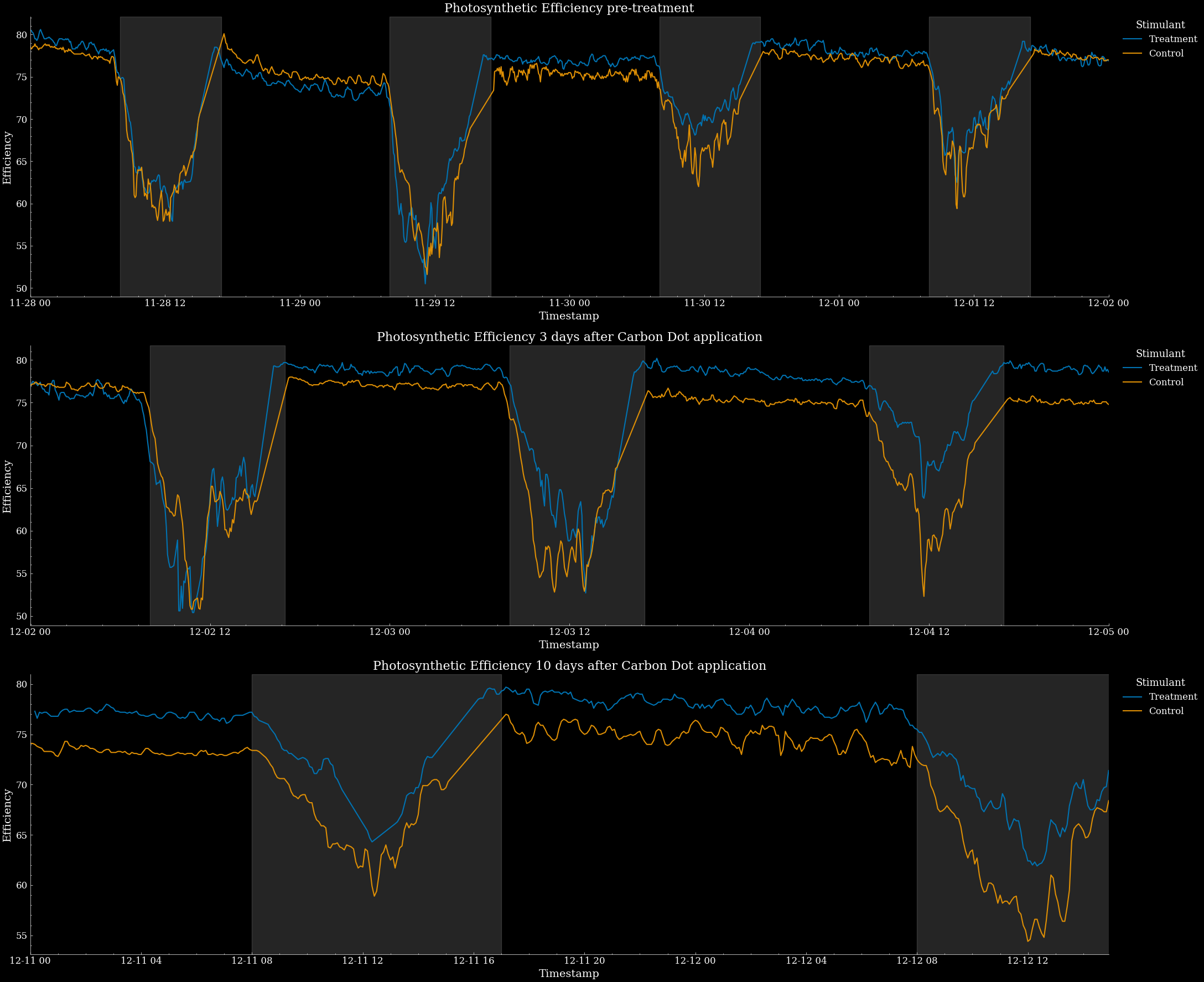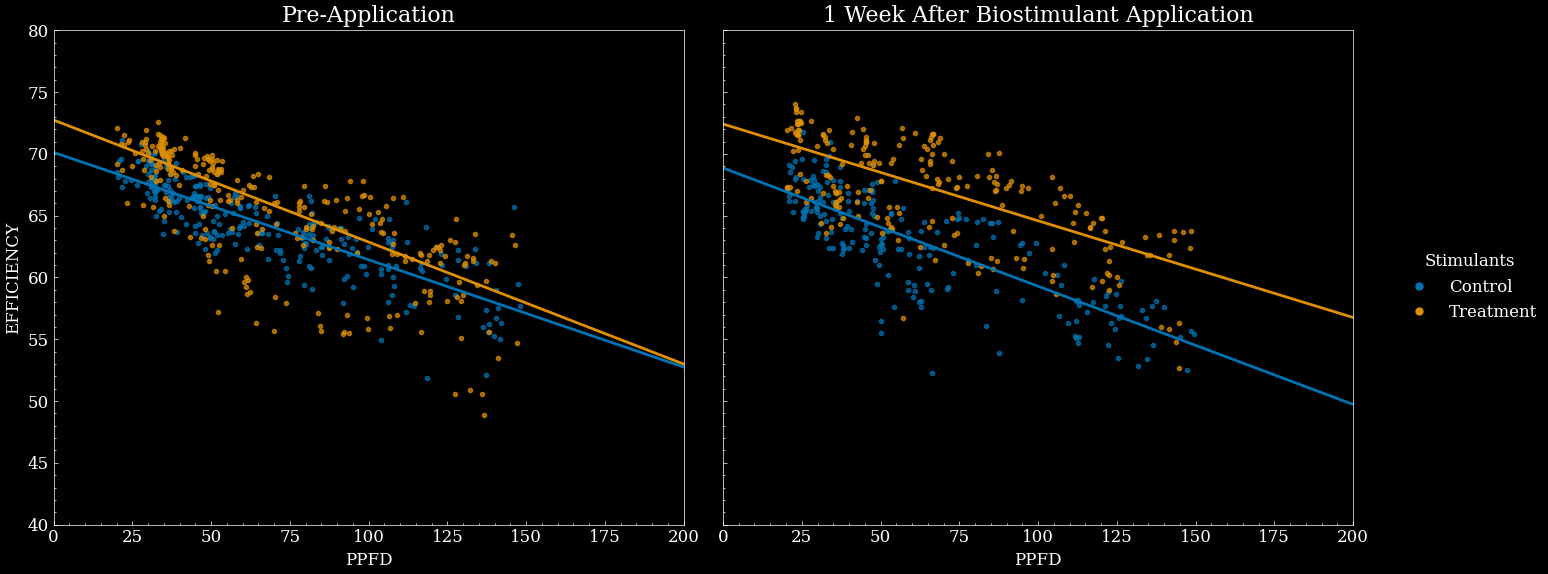
- Industry: Strawberry Grower
- Region: Europe
Gardin Detects 8% Photosynthetic Efficiency Increase in Strawberries Following Carbon Dot Treatment
- 8%
photosynthesis increase - 3 days
to detect increase
Summary
- 8% photosynthesis increase after carbon dot application.
- Long-term positive effects improved overall growth and yield.
WB-Chambers, a prominent strawberry UK grower, collaborated with Gardin to test carbon dots (CDs) bio-stimulant on commercially grown strawberry cultivated in polytunnels.
CDs have recently emerged as promising bio-stimulant capable of significantly enhancing plant photosynthesis. CDs convert broad-spectrum light (including UV, blue, and near-infrared wavelengths typically not well-used by plants) into favourable red wavelengths, improving light utilization by enhancing the efficiency of light absorption and expanding the range of wavelengths available for photosynthesis. CDs directly inject electrons into the photosynthetic electron transport chain, bypassing inefficient transfer steps across chloroplast membrane to improve overall electron flow (Cheng et al., 2025). Additionally, CD application was also found to significantly improve the expression of key chloroplast proteins responsible for light capture and electron transport. CDs application in model plant species Arabidopsis, lettuce, and maize has been shown to increase electron transport rate, photosynthetic efficiency, and biomass accumulation (Li et al, 2021; Wang et al., 2021; Cheng et al., 2025).
Chlorophyll fluorescence is a non-invasive technique to assess the efficiency of photosystem II (PSII) in plants, providing a rapid measure of photosynthetic performance and plant stress (Murchie and Lawson, 2013; Baker et al., 2008). Using this technique, Gardin's phenotyping system uses chlorophyll fluorescence to monitor how efficiently absorbed light is used for photochemistry remotely and non-invasively. By continuously monitoring chlorophyll fluorescence, growers can see how effectively plants are using light for photosynthesis, identify stress early, and optimise environmental conditions to improve light use efficiency and productivity.
Carbon Dots Enhanced Photosynthetic Efficiency
Before foliar application, Gardin's sensors confirmed identical baseline photosynthetic efficiency in both control and treated plant groups, ensuring a fair trial setup. Within 3 days of carbon dot application, Gardin sensors detected a clear divergence in efficiency levels. The carbon dot treated plants consistently demonstrated higher efficiency, measured as Fq'/Fm', indicating a greater proportion of absorbed light energy utilised for photochemistry. Ten days after application, photosynthetic efficiency during peak daylight hours remained elevated in treated plants, with an 8.1% increase relative to control group. These findings align with those of Cheng et al. (2025), who reported an 18.5% increase in electron transport rate (ETR) in Arabidopsis following carbon dot application under controlled conditions.

Fig. 1 Strawberry plants treated with Carbon Dot biostimulant sustained increased photosynthetic efficiency compared to control group, measured by Gardin. At night-time (black) the quantum efficiency of the photosystem reveals the underlying health of the leaf. During the day (grey), it explains the % light absorbed used for photochemistry.
Under low light, the slope of photosynthetic efficiency versus incident light (PPFD) approximates the quantum yield of photosynthesis. One week after treatment, treated plants showed a 5.4% higher photosynthetic efficiency under low light and retained efficiency more effectively as light levels increased. This demonstrates the bio-stimulant's effectiveness in improving photon use efficiency when light is scarce, supporting stronger growth under cloudy or shaded conditions.

Fig. 2 Strawberry plants treated with carbon dots had improved photosynthetic efficiency under light-limiting PPFD levels compared to control plants, measured by Gardin. Both groups showed similar efficiency before treatment.
Persistent Benefits and Yield Improvement with Carbon Dots
This immediate physiological improvement translated into tangible and persistent benefits. Treated plants maintained significantly higher photosynthetic efficiency compared to untreated controls for more than a week following application. Overall, WB-Chambers noted substantial improvements in growth. The prolonged and measurable benefit underscores the potential impact of carbon dots for crop improvement, although more substantial testing is required throughout the crop cycle.
Conclusions and Future Outlook
The WB-Chambers trial demonstrates the potential of carbon dots as a powerful biostimulant to enhance photosynthetic performance in commercial strawberry production. Foliar application of carbon dot biostimulant increased light use efficiency, improving electron transport rate and leading to measurable gains in growth and yield.
Gardin's real-time chlorophyll fluorescence monitoring enabled early detection of physiological responses to treatment, offering a scalable and non-invasive way for growers to rapidly optimise crop strategy through real-time plant feedback. This trial illustrates how combining innovative bio-stimulants with continuous plant sensing can unlock new opportunities to optimise productivity in commercial production.
To start your journey towards understanding your plants better, please contact us to start the sales process.
References
Baker, N. R. (2008). Chlorophyll fluorescence: a probe of photosynthesis in vivo. Annu. Rev. Plant Biol., 59(1), 89-113.
Cheng, W., Wang, X., Hu, H., Yang, Y., Yu, X., Chao, W. X., ... & Gao, X. (2025). Closed-loop enhancement of plant photosynthesis via biomass-derived carbon dots in biohybrids. Communications Materials, 6(1), 40.
Li, Z., Wu, C., Gao, X., Addison, B., Shinde, S., Wang, X., ... & Xiong, W. (2021). Exogenous electricity flowing through cyanobacterial photosystem I drives CO 2 valorisation with high energy efficiency. Energy & Environmental Science, 14(10), 5480-5490.
Murchie, E. H., & Lawson, T. (2013). Chlorophyll fluorescence analysis: a guide to good practice and understanding some new applications. Journal of experimental botany, 64(13), 3983-3998.
Wang, C., Yang, H., Chen, F., Yue, L., Wang, Z., & Xing, B. (2021). Nitrogen-doped carbon dots increased light conversion and electron supply to improve the corn photosystem and yield. Environmental Science & Technology, 55(18), 12317-12325.
RELATED CASE STUDIES

5% Yield Increase from Plant Feedback

15% Yield Increase with 25% Water Reduction
Should your case study be featured here?
Speak to our team to find out what Gardin Pulse will unlock for you.
Contact sales